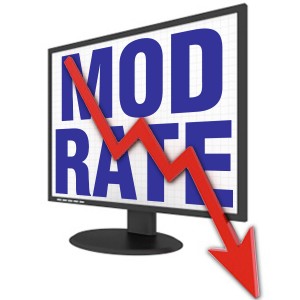Managing Your Mod
 Employers are told by the states in which they do business how to provide adequate workers compensation insurance for employees. As in other forms of insurance, fair pricing is determined using historical loss data. In the workers comp world, this data is assigned to specific job-types; hence a roofer who hasn’t had a claim in 25 years may still pay a very high rate for his coverage.
Employers are told by the states in which they do business how to provide adequate workers compensation insurance for employees. As in other forms of insurance, fair pricing is determined using historical loss data. In the workers comp world, this data is assigned to specific job-types; hence a roofer who hasn’t had a claim in 25 years may still pay a very high rate for his coverage.
While many issues concerning workers comp pricing are out of the employer’s control, lowering the overall cost of insurance is not. Established businesses are often assigned an experience modification factor—or “mod”—a little number that can be an employer’s best friend or worst nightmare.
The mod begins at 1.0 and is the result of a formula consisting of many different factors that represent the severity and frequency of claims. A mod of 1.0 means (absent other discounts or increases) the premium will be the exact calculation of the pre-determined rate for that specific job classification times payroll. Employers who display a better loss history could have a mod lower than 1.0; in contrast, those with more losses will likely see their mod eclipse 1.0. The former will result in a lower premium while the latter will make it more expensive. For this reason, “mod control” should be a priority.
Where does the mod come from? In most states, the calculation uses claims information provided to the National Council on Compensation Insurance (NCCI), the governing authority that ultimately determines the mod, by your workers comp provider(s) over time. The calculation period spans three policy years, beginning with the policy in force four years prior. For example, the mod applied to the premium of a policy beginning on January 1, 2012 was determined using claims information from January 1, 2008 through December 31, 2010.
This long tail is the reason one bad year can sting for a long time. For example, say 2005 was an above-average year for employee injuries at your company. In 2006, you installed an effective loss-control program and have not suffered a single injury since. Unfortunately, the data from 2005 will be used in determining your mod until 2009.
The first step every employer must take in controlling the mod is an effective loss-control program; the only way to get to or below 1.0 is by compounding years of few or no losses. The next step is working with your insurance professional to monitor the information used in determining the mod. This information is contained on loss reports that are available from your insurer. Important factors include details about the claim, dollars paid as well as those being held in reserve for claims and information on whether claims are opened or closed. Mistakes are possible and if unnoticed can be costly for years. Don’t wait to review your information—your mod is usually determined by NCCI six months prior to the beginning of your next policy, so report suspected discrepancies immediately.
It’s time to see what you can save: Start managing your mod today.
Recent Comments